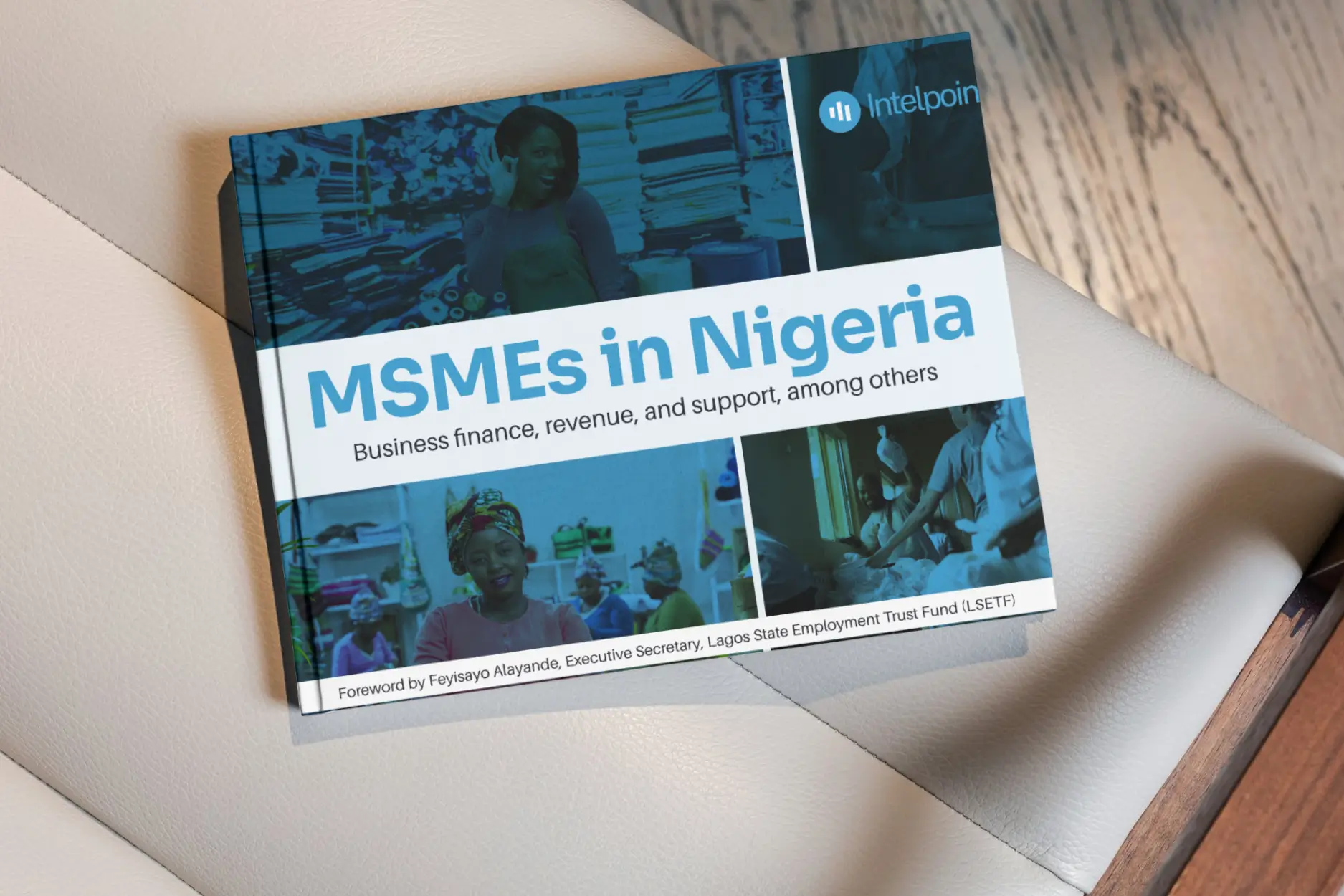MSMEs in Nigeria: Business finance, revenue, and support, among others
 Download Report
Download Report-
₦1.9m: monthly average revenue of MSMEs in Nigeria.
-
A larger share of businesses in the South West are more likely to access bank loans than those in other regions.
-
Food and beverages account for the largest share of businesses in Nigeria, followed by retail, fashion, and agriculture in that order.
-
Nine in every ten small businesses in Nigeria have less than ten employees.
-
Half of business owners use their personal savings as the primary source of finance.
-
Monthly revenue of 48% of small businesses in Nigeria is less than ₦100,000.
-
There's no correlation between the highest level of education of the entrepreneurs and the average monthly revenue from their businesses.
-
On average, female-owned businesses make ₦1.1m more than their male counterparts.
-
Seven in every ten small businesses in Nigeria expect their businesses to fare better by the end of 2025, compared to 2024.
-
Inflation tops the list of concerns for businesses in 2025.
-
Only one in every four businesses has benefited from government support, programmes, and initiatives.
- Foreword by Feyisayo Alayande, Executive Secretary, Lagos State Employment Trust Fund (LSETF)
-
Foreword
-
Preface
-
Introduction
-
Key takeaways
-
MSMEs classification in Nigeria
-
Businesses: owners, duration, and sectors.
-
Business owners
-
Educational qualifications of business owners
-
Sectors of surveyed businesses
-
Business owners by gender across age ranges
-
How long people have been running their businesses
-
Employee count of businesses
-
-
Finances: business finance and revenue
-
Primary source of finance for businesses and breakdown by gender and region
-
Average monthly revenue and breakdown by educational level and region
-
Average monthly revenue by sector, gender, and years in business
-
Top states by average revenue and the states with the lowest revenue
-
How people rate the financial health of their businesses and breakdown by region
-
Top business challenges in Nigeria
-
-
2024 and 2025
-
Business performance rating for 2024 and expectations by the end of 2025
-
Regional breakdown of business performance expectations in 2025
-
Top business goals and strategies in 2025
-
Primary economic concerns for 2025
-
Top financial concerns for business owners for 2025
-
-
Government support and policies
-
Government support for SMEs
-
Challenges in accessing government support
-
Support that SMEs want from the government
-
Government policies and their impact and regional breakdown
-
-
Conclusion
-
Methodology
